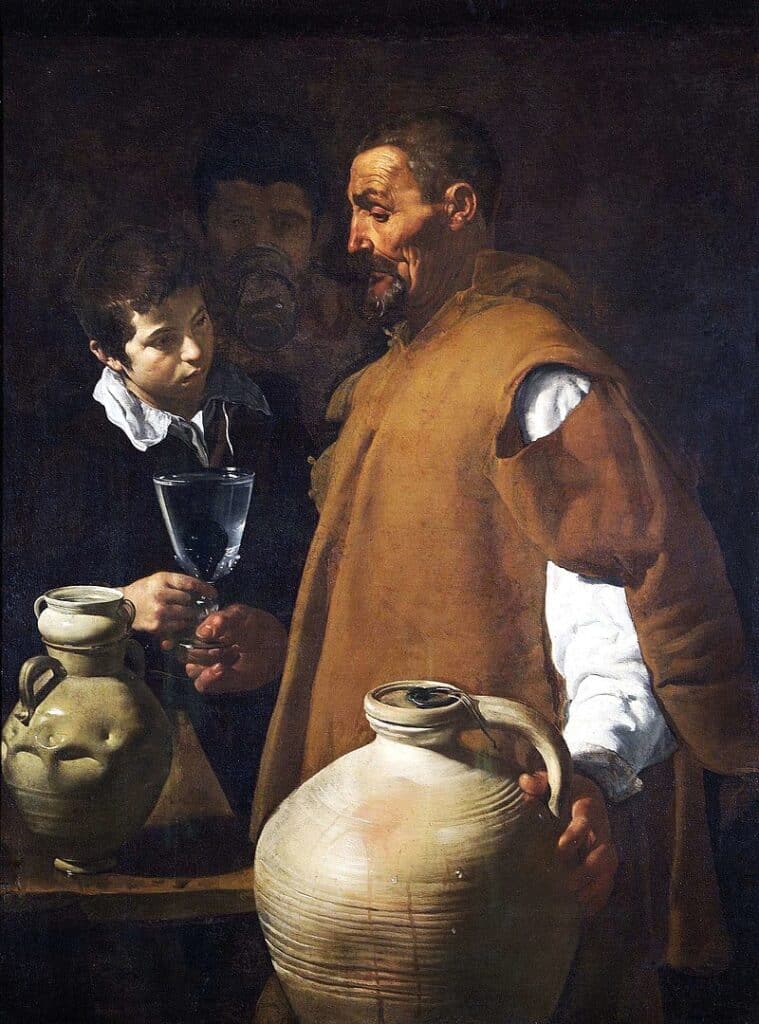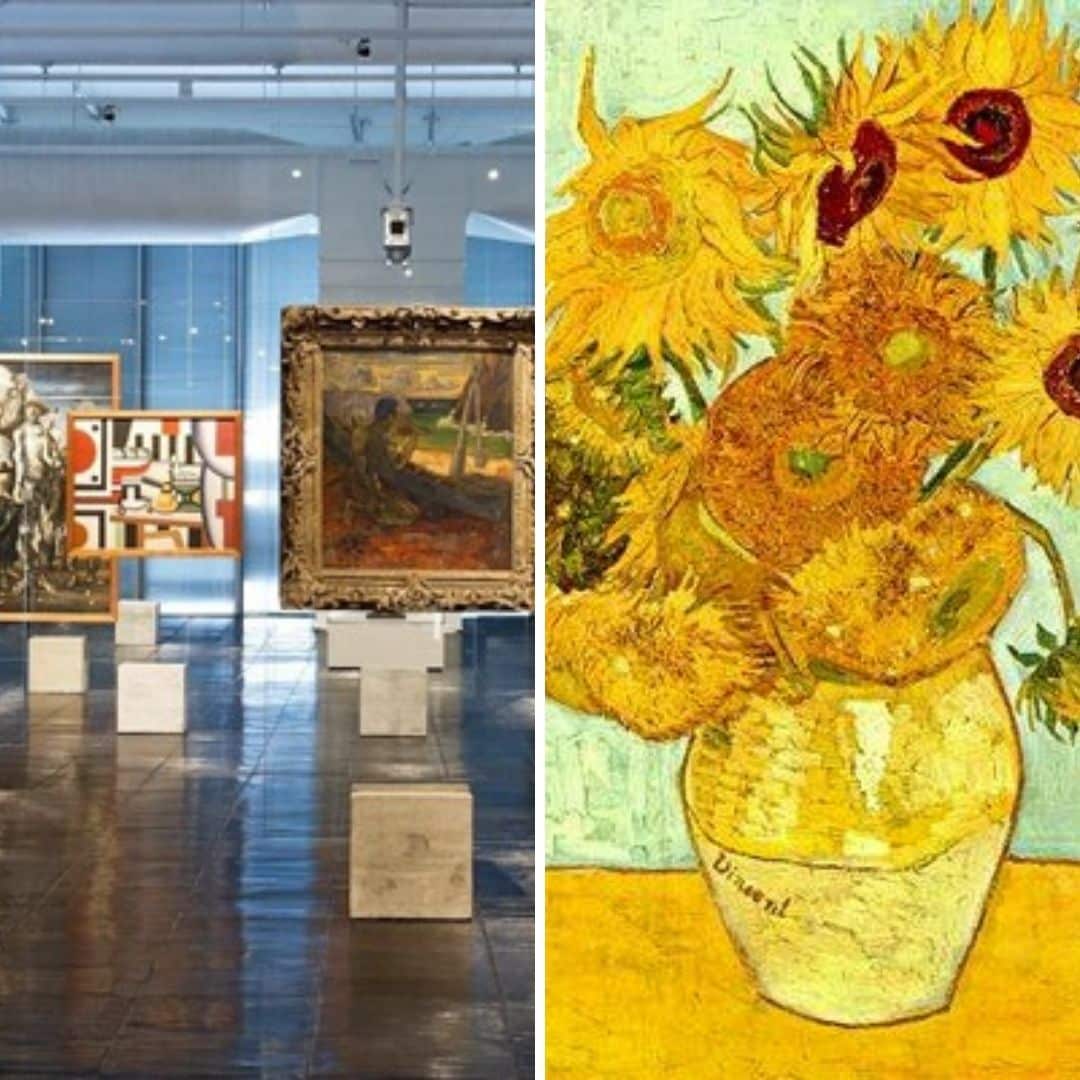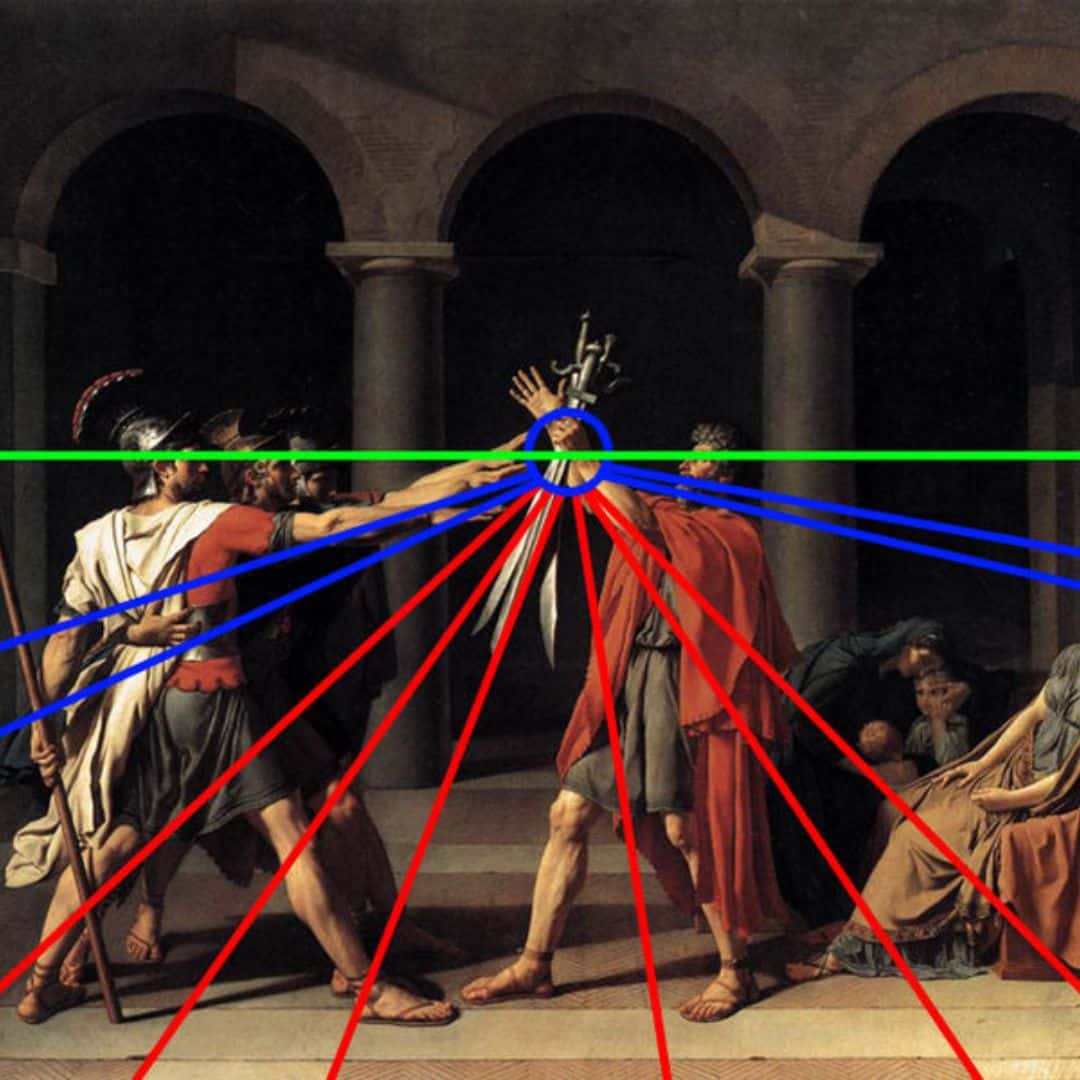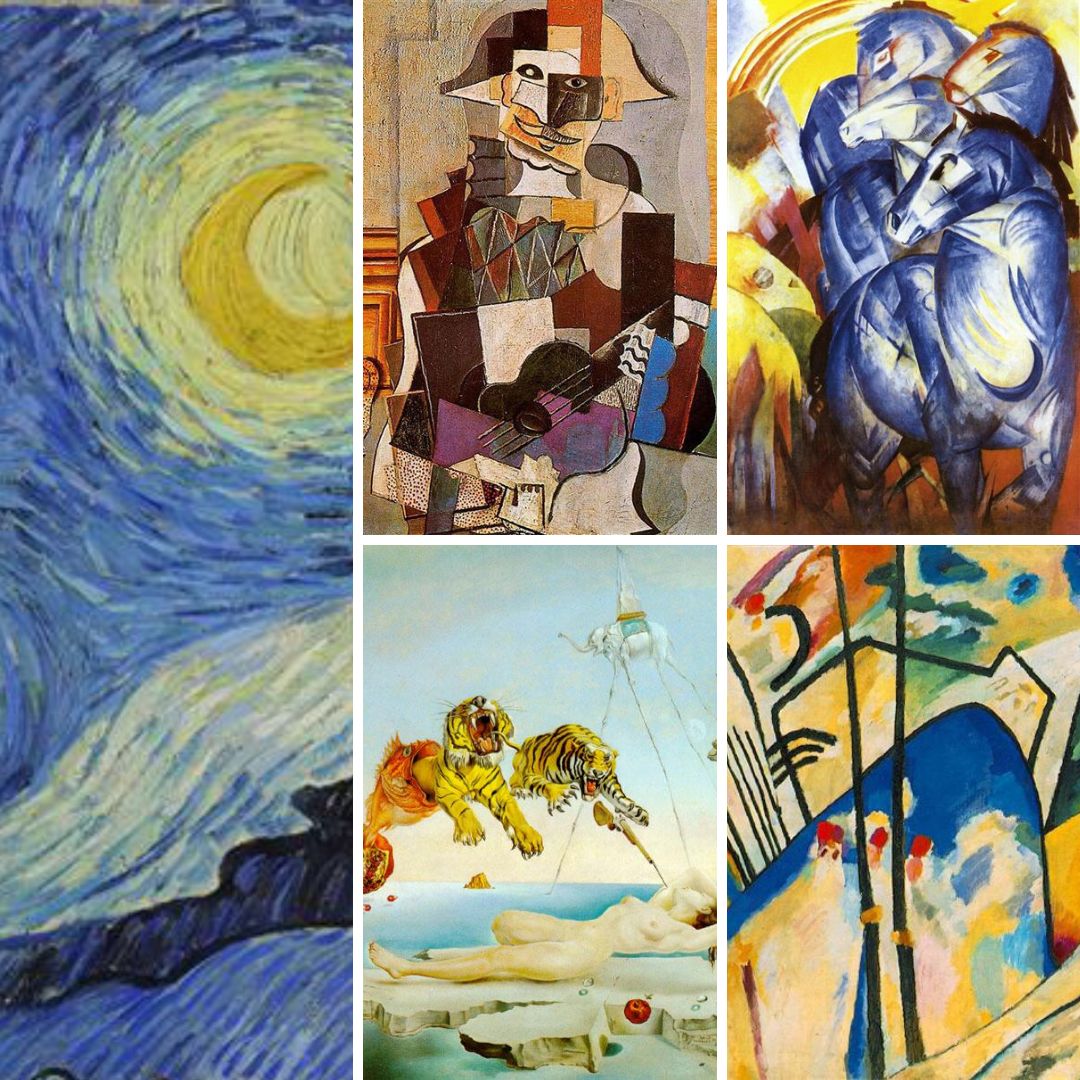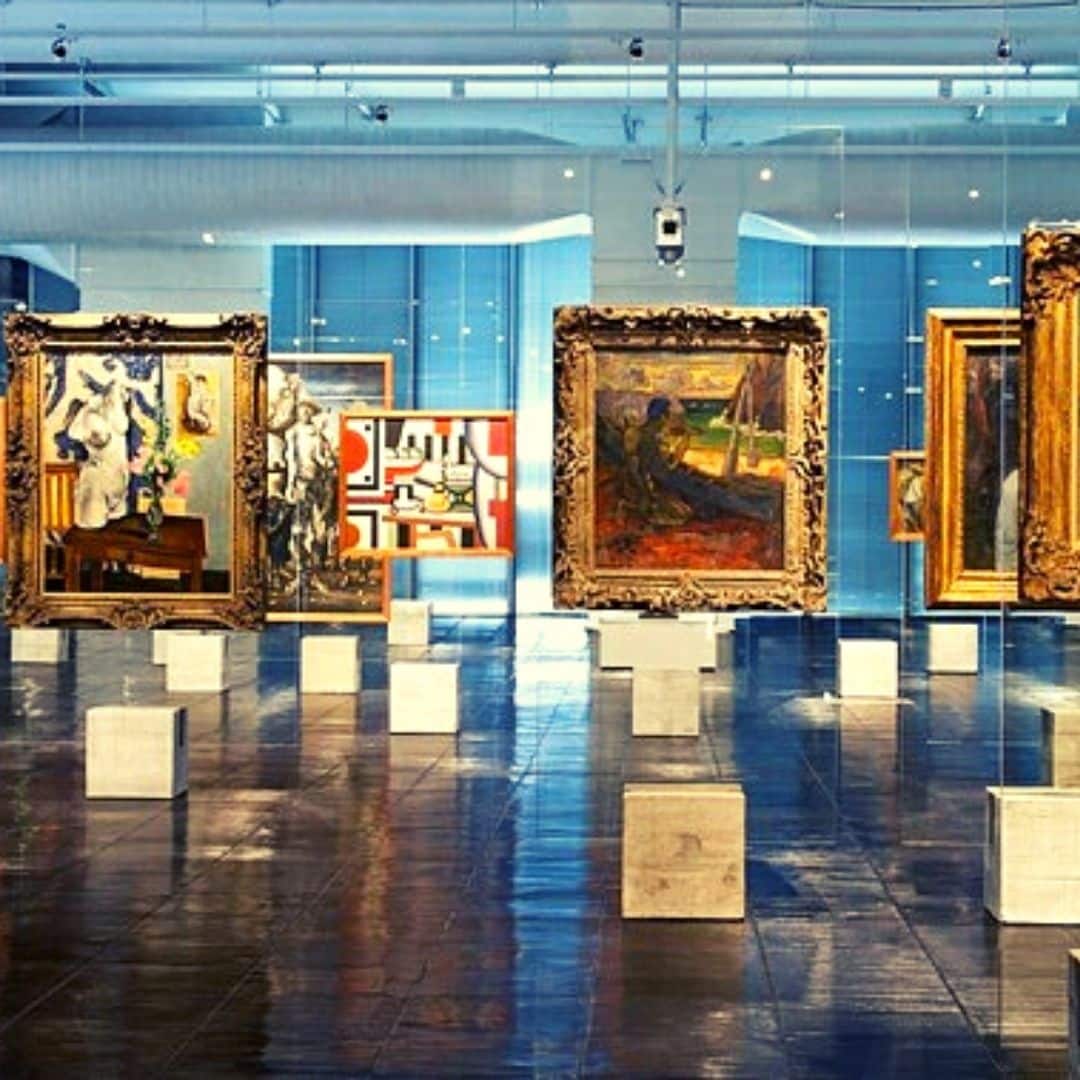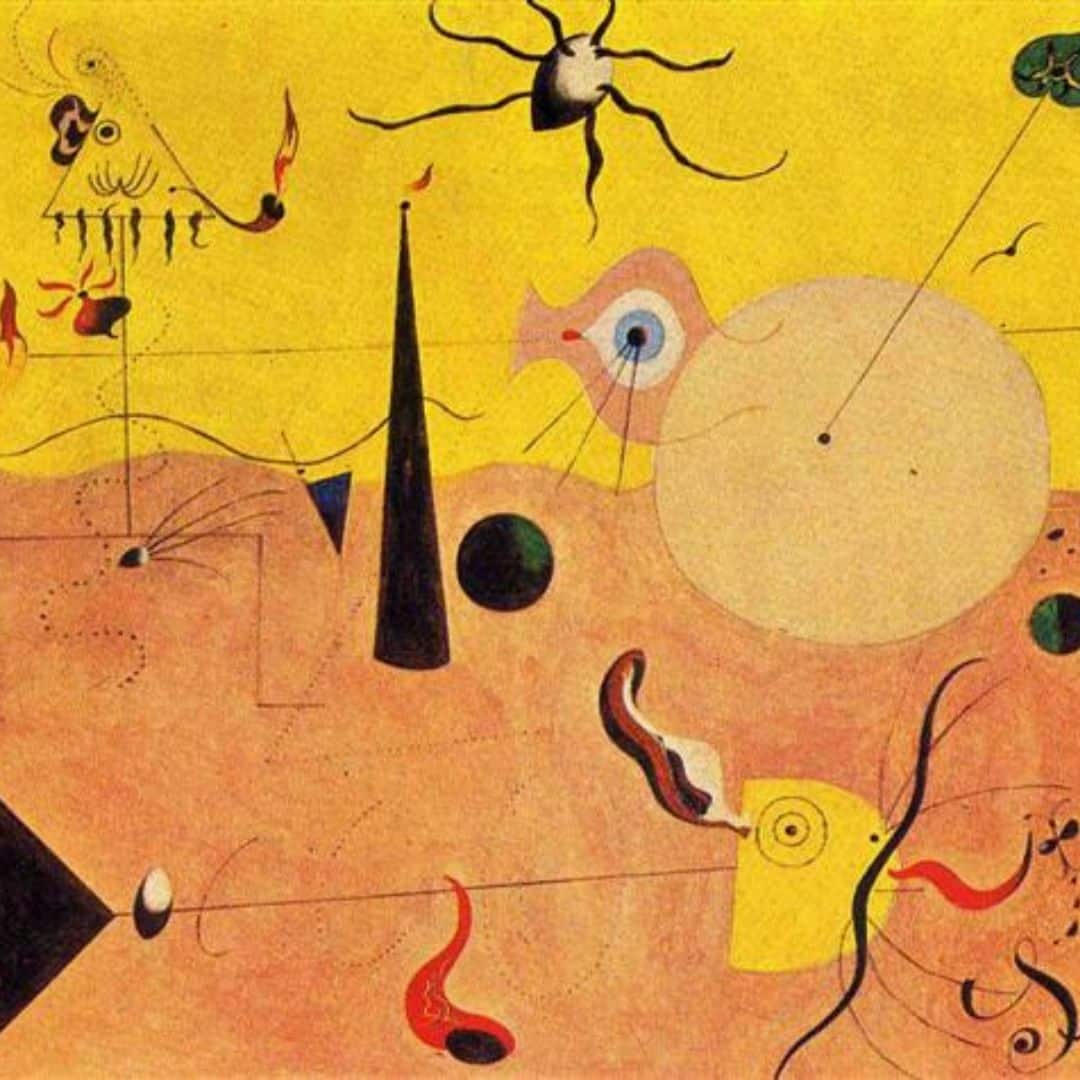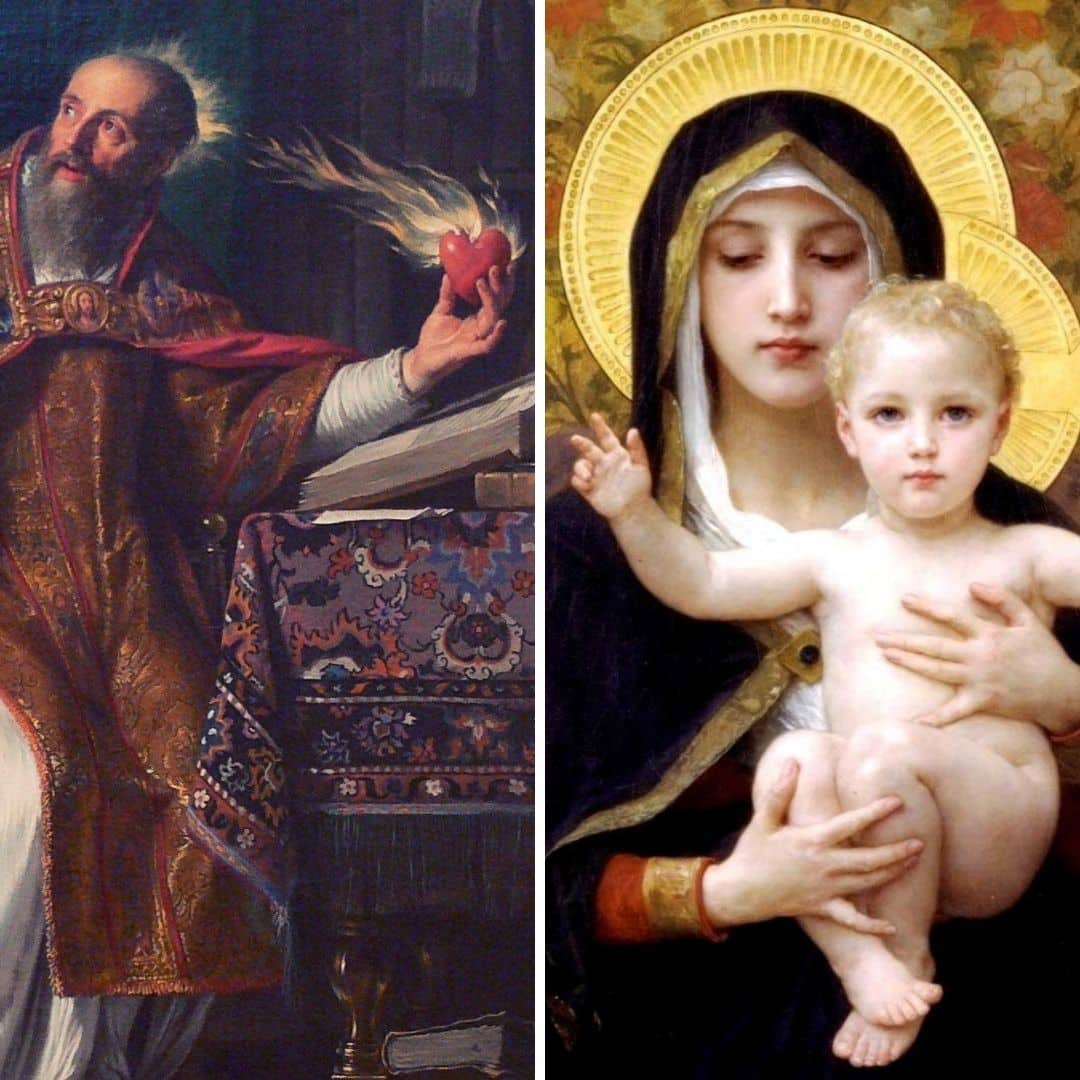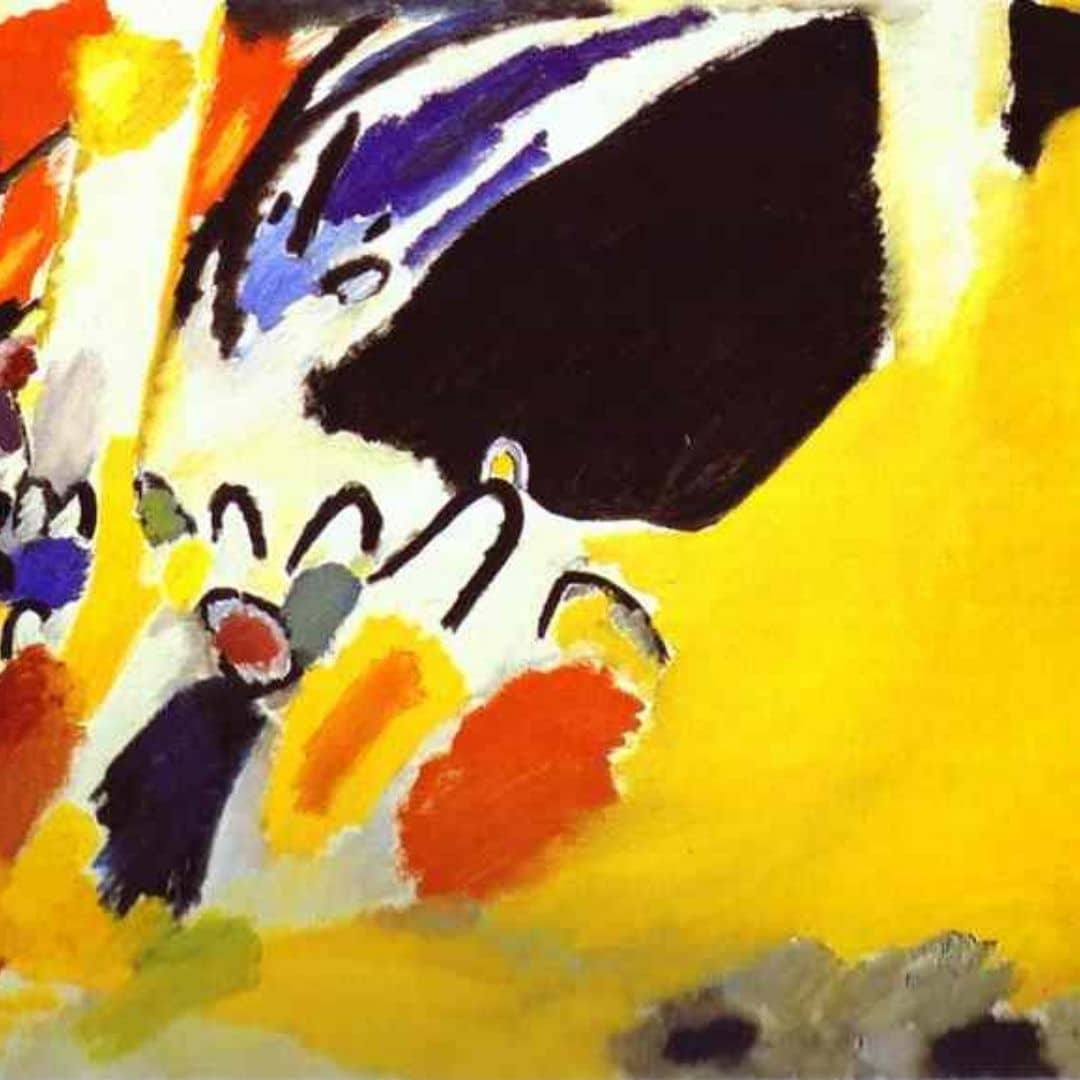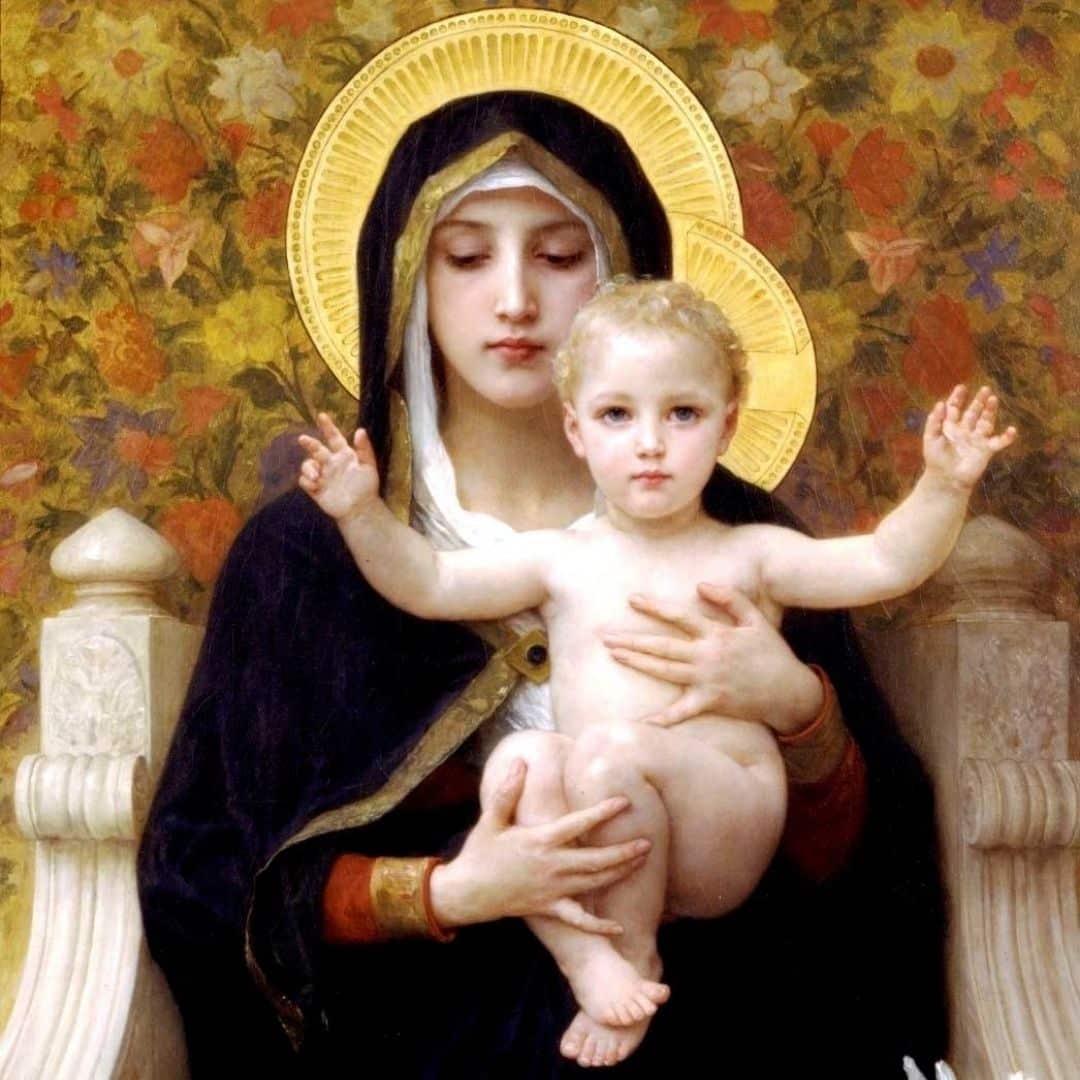Interpreting art – a small reflection on the interpretation of works of art.
The interpretation of works of art consists in the analysis of the elements contained in it. By interpreting art the spectator will understand better what the artist wanted to transmit when he produced the work of art.
Interpreting art – a complex process
The interpretation of works of art is therefore a complex process and not always easy to conduct.
We must not forget that a work of art is an object of aesthetic enjoyment but also a testimony and a historical source for the time when it was produced. It thus transmits feelings and emotions but also relevant historical information.
The next image his a magnificent painting that conveys aesthetic pleasure but also diverse historical information about life, clothing and habits in Spain in the 17th century
Interpreting art – the observer
Nor can we forget that when interpreting art the observer has already internalized a great amount of information. Concerning the work, the artist, the style or the artistic movement.
This means that when the observer has first contact with a work rarely his reaction is strictly sensory or emotional.
Before a famous work of art, for example, we will have the emotional reaction of the observer but also the identification of the present historical elements (ranging from images to technique and colors).
This first reading is “filtered” by experience and information internalized by the observer (consciously or not).
About color in art

Interpreting art – what is a work of art
If we want to try to answer the question: what is a work of art? We have to think that this is simultaneously:
object (a physical object with all aspects related to its materiality).
message (what the author wanted to convey).
information (which reveals the context of production).
sensation and emotion (what the observer feels before the work).
interpretation (what the observer “reads” according to their experiences, consciously or not).

